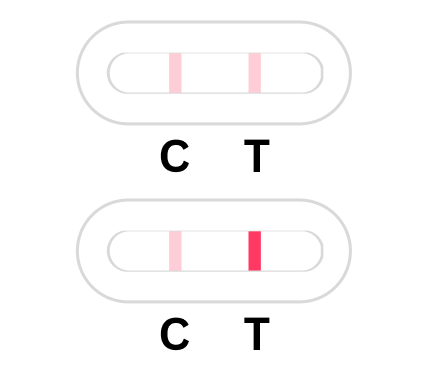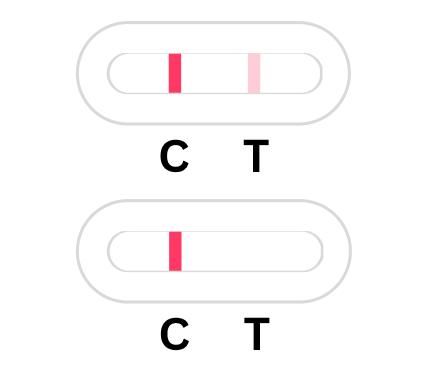Test Overview
Symptoms
Changes to your periods – they may become irregular and eventually they will stop altogether.
Effect on your well-being: changes in mood are common including low mood, anxiety, mood swings and low self-esteem. There may also be problems with memory and concentration (sometimes called ‘brain fog’).
- Hot flushes
- Difficulty sleeping
- Night sweats
- Headaches and migraines may be worse than usual
- Muscles aches and joint pains
- Changes in body shape and weight gain
- Skin changes including dry and itchy skin
- Reduced sex drive
- Vaginal dryness and pain, itching or discomfort during sex
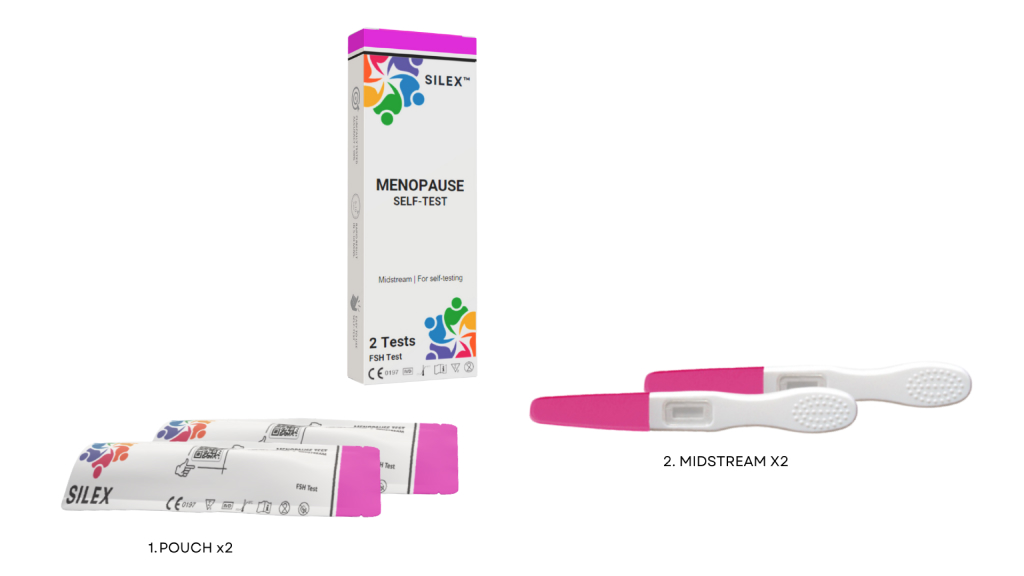

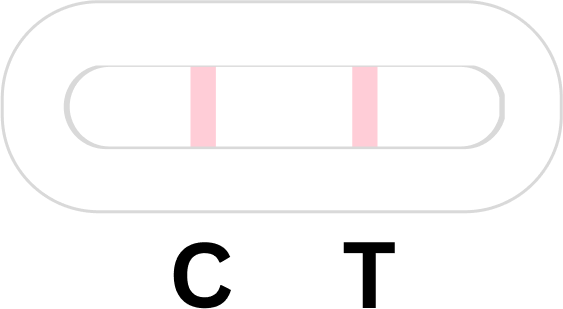
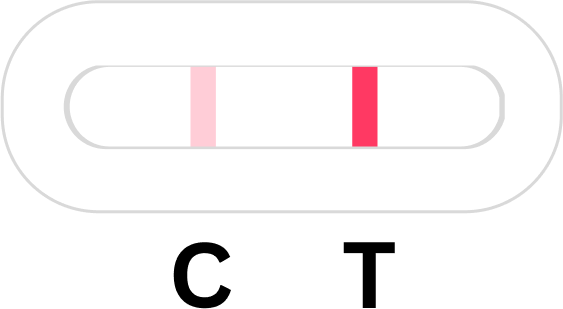
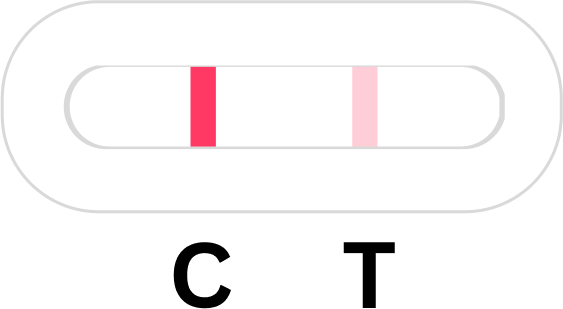

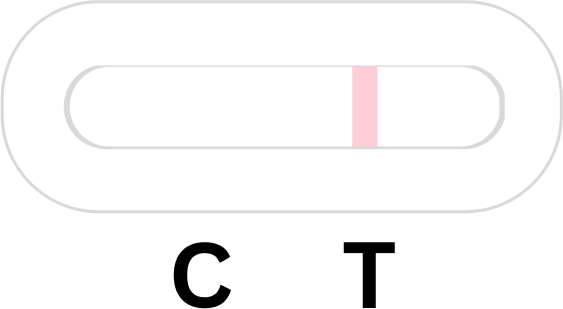

FAQs
Menopause is when your periods stop due to lower hormone levels. This usually happens between the ages of 45 and 55. Perimenopause is when you have symptoms before your periods have stopped.
Menopause and perimenopause can have a big impact on your life, including relationships and work. The symptoms experienced are different for everyone.
Taking a test will help you understand why you are feeling the way you are. There are treatment options available for troublesome symptoms.
Symptoms can last for months or years and can change with time.
In many women, no cause can be found and sometimes it runs in families. If you have had surgery to remove your ovaries this will cause early menopause.
Changes to your periods – they may become irregular and eventually they will stop altogether.
Effect on your well-being: changes in mood are common including low mood, anxiety, mood swings and low self-esteem. There may also be problems with memory and concentration (sometimes called ‘brain fog’).
See our Overview section above for physical symptoms of Menopause.
25% will have no menopause symptoms at all.
75% will have some menopausal symptoms and for 25% of these, symptoms are more severe and are negatively affect their daily life.
The average time a person will experience menopausal symptoms is 7 years.
For some women, symptoms may only last a few months. For others, symptoms can continue for several years. Some women may have early menopause symptoms that start months or years before their periods stop. These are known as peri-menopause symptoms.
- Skin and hair – we tend to lose skin protein (collagen) after menopause. This can make the skin drier thinner and more likely to itch.
- Genital area – the lack of oestrogen can cause the tissues in and around your vagina to become thinner and drier. This can cause the skin to be thin, dry and itchy.
- Thinning of the bones (osteoporosis) – oestrogen helps to protect against bone thinning. With lower levels of oestrogen, bones can become thinner and therefore more prone to breaks or fractures.
- Get plenty of rest including keeping to a regular sleep routine
- Eat a healthy balanced diet containing the four main food groups (fruit and veg, carbohydrates, dairy, and protein.
- Exercise regularly including weight bearing exercises to improve bone health
- Do relaxing things such as yoga and meditation
- Talk to others going through the same thing as you.
There are vaginal moisturisers and lubricants that you can get without a prescription at the pharmacy. There are also other treatments for vaginal dryness that a doctor can prescribe
The Royal Osteoporosis Society recommends the following to help protect against weakening bones:
- Exercise regularly, including weight-bearing exercises
- Eat a healthy balanced diet containing the four main food groups (fruit and veg, carbohydrates, dairy, and protein.
- Ensure you have adequate vitamin D levels. (Link here to vitamin D test)
- Stop smoking and cut down on alcohol.
- You can also take hormone replacement therapy (HRT) to reduce the risk of osteoporosis.
One treatment for menopause and perimenopause symptoms is hormone replacement therapy (HRT). This replaces the hormones that are at low levels during menopause.
There are different types and doses of HRT. Using the right dose and type usually means your symptoms improve.
HRT comes as:
- Skin patches
- Gel or spray to put on the skin
- Implants
- Tablets
The benefit of HRT is that it can relieve most menopause and perimenopausal symptoms including hot flushes, brain fog, joint pains, mood swings and vaginal dryness. It can also reduce the risk of hormone-related health problems including osteoporosis and heart disease. As with all medications, there are some risks of HRT. Your doctor can discuss the benefits and risks with you in greater detail.









